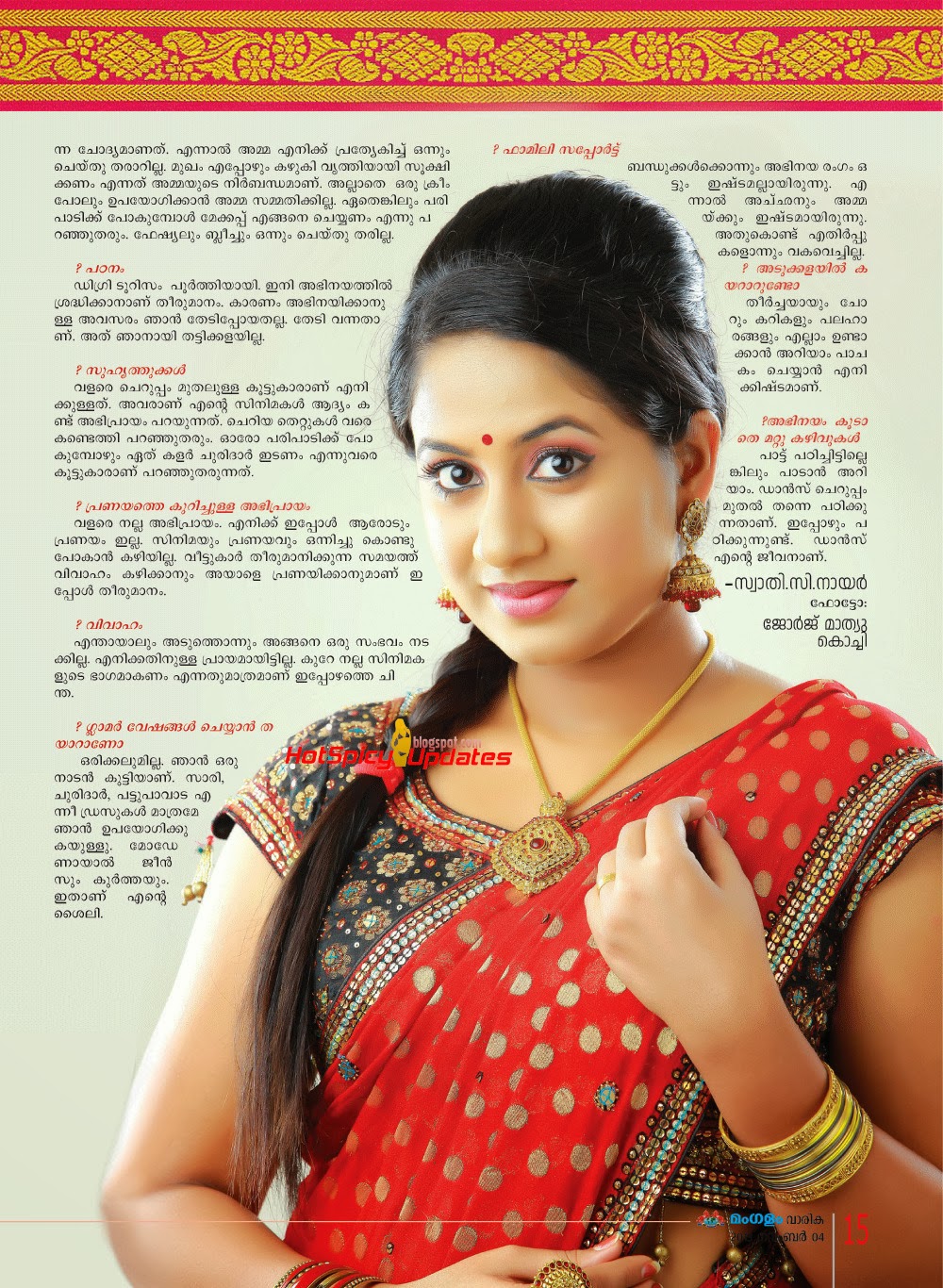
Five prominent astrologers discuss whether suicide is predetermined or is an act of will
As the suicide of 39 members of the Heaven's Gate group in San Diego in March an event predetermined by their astrology, or was it purely an act of free will, somehow beyond the influence of planets and stars? Hinduism Today sought the opinions of several prominent jyotisha shastris, experts in the Vedic science of astrology, on these unusual and tragic deaths.
Chakrapani Ullal: 'Astrology is a science of indications only. It doesn't say that a particular event should happen, it only says a particular event could happen. The difference between could and would is based on one's free will. In spite of the indications of a particular planetary setup, if one uses free will, a particular event can be overcome or minimized. That is the very purpose of astrology. Otherwise it has no value. With this objective, the great sages gave us the knowledge of astrology and also suggested remedial measures to overcome the indicated event or danger. The great sage Parashara has said, 'For brahmajnanis [God-Realized souls] the longevity is unlimited.' This indicates that people can take measures to overcome the possibilities of an event.
'The type and nature of one's death is generally reflected in the natal chart, but that does not mean a particular person inevitably dies by a particular event at a particular time. These events can be changed by one's wisdom, understanding and spiritual growth. We are not stooges in the hands of destiny from birth, without any recourse. If that is the case, why should anyone make any kind of effort in this world?
'Suicide is an undesirable way to die, for it is said the astral bodies of suicides hover around the Earth without peace until their time for resolution comes.'
Dennis Harness: 'My belief is that there can be definite suicidal tendencies seen in the chart, such as an afflicted Moon, Mercury, First and Fourth House. However, the actual act of suicide seems to me an act of the individual will in most cases.'
Vamadeva Shastri: 'I think there is a general error in associating karma with destiny. The correct word for destiny in Sanskrit is daivam. In the Mahabharata it is taught that personal effort, or purushartha, counts much more than destiny, or daivam, so we should always act, make efforts and never resign ourselves to fate. Daivam is some divine help or obstruction that enhances the effect of karma, though this also is ultimately based upon karma. There may be a prarabdha karma [an effect of past actions set in motion for this life] for suicide, but that is karma, not destiny. A person may have, by wrong actions, set in motion forces that would impel him in that direction, just as a person speeding a car may reach a speed when he can no longer control the car and must have an accident.
The birth chart for the person who commits suicide should indicate a suicide-prone mind or a vulnerable time in their life. In the former case, the death may have been indicated from birth, but not necessarily in the latter case. For example, people whose charts indicate they are likely to be killed if they go to war can avoid this by avoiding exposure to such danger. The Heaven's Gate suicides who were victims of bad timing or psychological vulnerability, rather than a generally suicidal nature, could have been saved. Generally, suicide is looked upon with great disfavor in the Vedas, but each individual case must be examined in itself. Ramana Maharshi said that we are all suicides unless we come to realize the Self.'
Edith Hathaway: 'I agree that you can have a suicide-prone mind, but not a preordained time to commit suicide. I've seen cases where the person was mentally and emotionally unstable. But there was a window where things were almost about to turn around. The person might have made it, if they had received some kind of guidance. Free will is involved in suicide and the suicide accrues a new, kriyamana, karma, to face in the future.
When a political leader is assassinated (such as JFK), the chart shows the person taking on some kind of major karma for the country. These charts seem to indicate 'no way around it.' They couldn't avoid taking on that fate. But, suicide is another thing. There is mental/emotional instability, and the person experiences difficult transits. In the suicide case of the actor Freddy Prince, he had a chart full of success, but he was incapable of handling a certain kind of upset. Apparently, he couldn't handle that amount of success so suddenly.'


